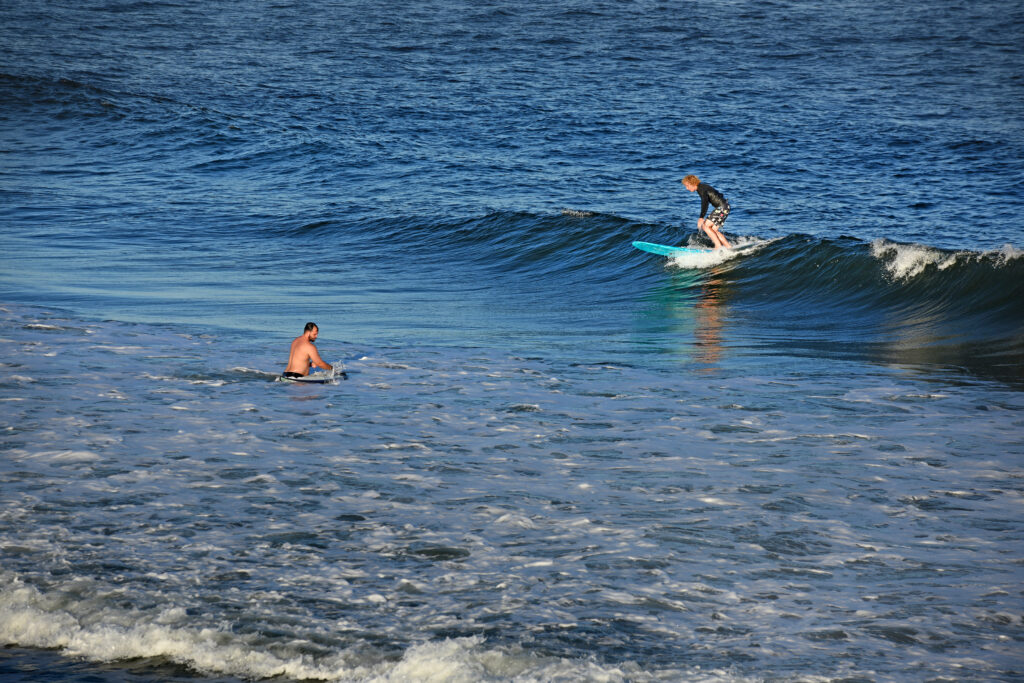
Shark Sense
Atlantic and Gulf Regions
Before there were dinosaurs, before there were humans, sharks were swimming in the Earth’s seas. After almost 400 million years in the ocean, sharks have developed a reputation as very dangerous fish.
How dangerous are sharks?
Although a shark attack is a potential danger for anyone frequenting marine waters, the risk should be kept in perspective, says George Burgess, director of the International Shark Attack File
(ISAF) in Florida.
“Bees, wasps and snakes are responsible for more fatalities each year,” says Burgess. “The reality is that, on the list of potential dangers encountered in aquatic recreation, sharks are right at the bottom of the list.”
Are shark attacks more frequent now?
The chance for encounters between humans and sharks has increased.
“While the number of shark attacks has consistently risen, so has the human population,” says Burgess. “More people are spending time in or near the ocean than ever before. Also, records for tracking shark attacks have become more efficient, contributing to the increased number of reports.”
Avoiding Shark Attacks

Although the relative risk of shark attacks for humans is very small, swimmers and surfers can help prevent attacks by following these ISAF safety tips:
- Always stay in groups because sharks are more likely to attack a solitary person.
- Do not swim or paddle too far from shore, away from the assistance of lifeguards or friends.
- Do not enter the water if bleeding because a shark’s sense of smell is highly sensitive.
- Avoid wearing shiny jewelry because reflected light resembles the sheen of fish scales.
- Avoid being a visual attraction for sharks by using extra caution when waters are murky. Avoid the water if you have uneven tanning and brightcolored clothing because sharks see contrast particularly well.
- Refrain from excessive splashing and don’t allow pets in the water because of their erratic movements.
- Remember that sightings of porpoises do not indicate the absence of sharks – both eat the same food.
- Exercise caution when occupying the area between the sandbars or near steep drop-offs where sharks hang out.
- Do not enter the water if sharks are known to be around, and calmly evacuate the water if any sharks are seen.
- Do not harass a shark – even nurse sharks can bite.
- Avoid areas where people are fishing or using bait.
“Between the months of five through nine, go swimming in the ocean from nine to five.”
Robert Hueter, Mote Marine Laboratory
Learn more
Are you fascinated by sharks and want to learn more about their underwater world? Check out these resources:
- NOAA Fisheries, including regulations, research and tagging programs
- International Shark Attack File
- Mote Marine Laboratory
- BRIDGE, an ocean sciences resource center for teachers
